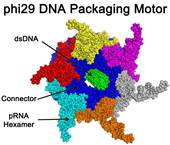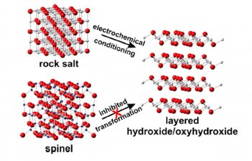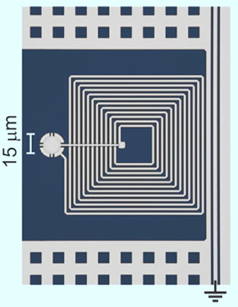Science
Supercomputer Helps Planck Mission Expose Ancient Light

The bulk of the Planck computations were performed on the Cray XE6 supercomputer, named for computer scientist Grace Hopper, at the Department of Energy's National Energy Research Scientific Computing Center at the Lawrence Berkeley National Laboratory, Berkeley, Calif.
- Read more
- 407 reads
Computer simulations yield clues to how cells interact with surroundings

Computer models offer a new look at the molecular machinery that enables cells to interact with their environment. This schematic shows two integrin components (red and blue) protruding from a cell membrane.
- Read more
- 406 reads
Can Your Phone Do This?

- Read more
- 429 reads
A New View of the Elephant’s Trunk Nebula

This image is composed of data from the INT Photometric H-Alpha Survey (IPHAS), including narrow-band H-Alpha (red) and broad-band Sloan r' (green) and Sloan i' (blue) filters.
- Read more
- 388 reads
Spiral Beauty Graced by Fading Supernova

- Read more
- 437 reads
Discovery of first motor with revolution motion in a virus-killing bacteria advances nanotechnology

Scientists have cracked a 35-year-old mystery about the workings of the natural motors that are models for development of a futuristic genre of synthetic nanomotors that pump therapeutic DNA, RNA or drugs into individual diseased cells.
- Read more
- 358 reads
Thin films of nickel and iron oxides yield efficient solar water-splitting catalyst: Basic University of Oregon research shows promise in efforts to get hydrogen fuel from sunlight and water

- Read more
- 436 reads
NIST Mechanical Micro-Drum Used as Quantum Memory

Colorized image of NIST micro-drum and circuit on a sapphire backing. JILA researchers demonstrated that the drum might be used as a memory device in future quantum computers.
- Read more
- 374 reads
Human Rights
Fostering a More Humane World: The 28th Eurasian Economic Summi

Conscience, Hope, and Action: Keys to Global Peace and Sustainability

Ringing FOWPAL’s Peace Bell for the World:Nobel Peace Prize Laureates’ Visions and Actions

Protecting the World’s Cultural Diversity for a Sustainable Future

Puppet Show I International Friendship Day 2020



